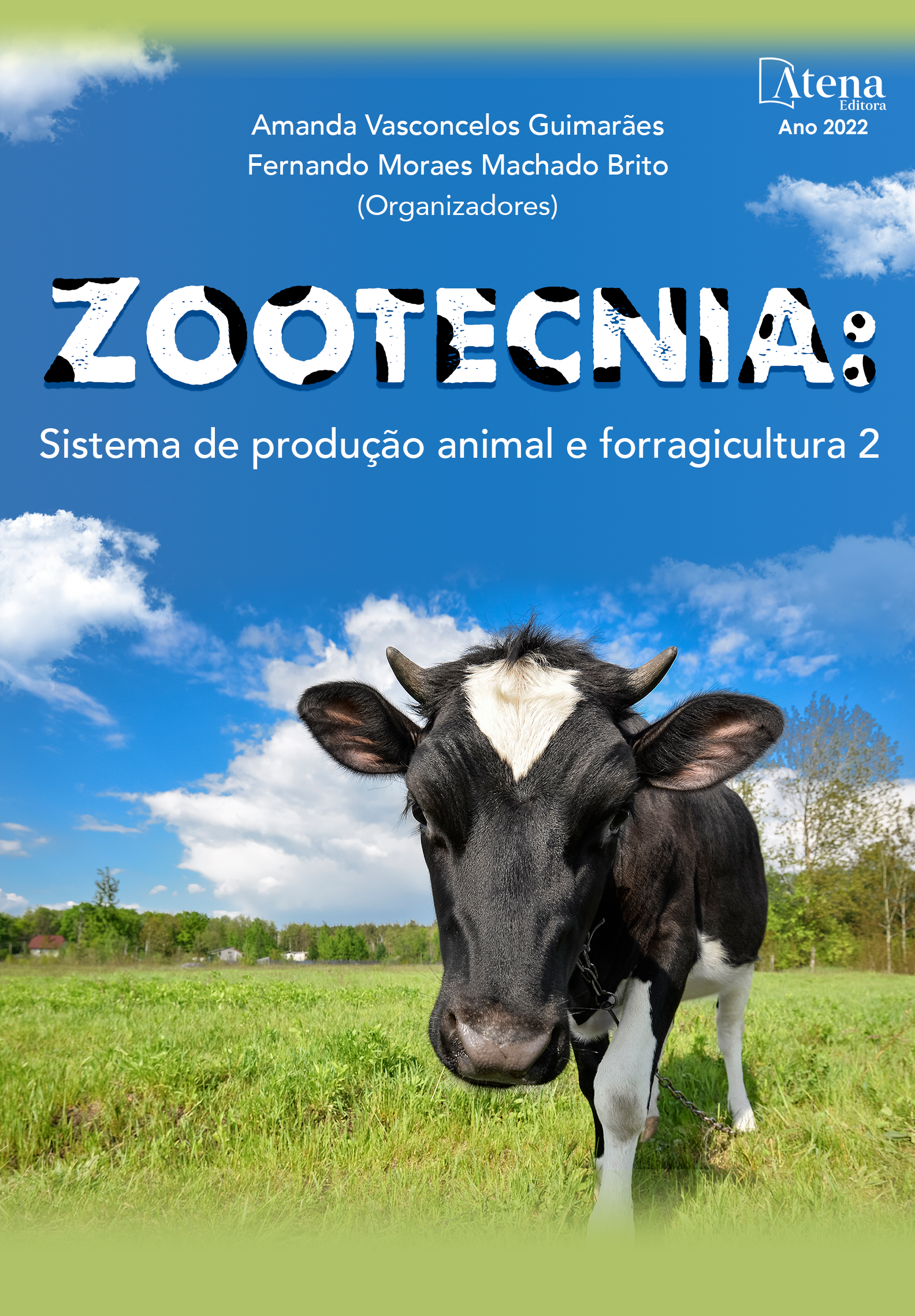
IMAGENS TERMOGRÁFICAS NA AVALIAÇÃO DO CONFORTO TÉRMICO DE VACAS LEITEIRAS EM SALA DE ORDENHA
O objetivo desse trabalho foi avaliar a efetividade de ações de aclimatação da sala de ordenha sobre o conforto térmico de vacas da raça Holandesa em sala, utilizando-se da análise de imagens termográficas. Na coleta de dados foram avaliadas oito vacas da raça Holandesa em lactação. O galpão de ordenha foi dividido em três partes, sendo espaços de espera para ordenha (dotado de ventiladores e aspersores), ordenha (mecânica, modelo tipo espinha de peixe) e pós-ordenha (dotado de ventiladores e aspersores e cochos para alimentação). Imagens termográficas foram obtidas do animal no momento da ordenha (cabeça e úbere) e após a ordenha ainda no interior do galpão (cabeça, costado e úbere), à distância de 1,5 m. As condições climáticas médias foram registradas e os índices de temperatura e umidade (THI) e temperatura do globo negro e umidade (BGHI) estimados. De acordo com as imagens termográficas registradas, a troca térmica entre o animal e o ambiente no galpão de ordenha mostrou-se ineficiente, pois constatou-se resfriamento apenas da cabeça das vacas nas três seções do galpão da ordenha (temperaturas médias 32,6 °C, 34,8 °C e 35,8 °C na cabeça, costado e úbere, respectivamente). Na seção pós-ordenha, o dimensionamento do espaço de cocho ocasiona o adensamento dos animais lado a lado, dificultando a troca de calor do corpo com o ambiente (convecção e evaporação), sendo registrados os maiores valores de temperatura de superfície corpórea (costado, 38,44 °C). Concluiu-se que a instalação onde ocorre a ordenha promove resistência à perda de calor corporal pelos altos índices THI e BGHI no ambiente interno do galpão e que medidas mitigadoras devem ser efetuadas para a promoção da zona de conforto térmico nesse ambiente. O uso de imagens termográficas é uma técnica viável e confirmatória na avaliação de conforto térmico de vacas Holandesas em ambientes fechados e pode ser utilizada para adequação de instalações visando aumentar o conforto térmico.
IMAGENS TERMOGRÁFICAS NA AVALIAÇÃO DO CONFORTO TÉRMICO DE VACAS LEITEIRAS EM SALA DE ORDENHA
-
DOI: 10.22533/at.ed.7592203052
-
Palavras-chave: estresse térmico, termografia de infravermelho, troca térmica, zootecnia de precisão
-
Keywords: heat stress, infrared thermography, heat exchange, precision animal husbandry
-
Abstract:
The objective of this study was to evaluate the effectiveness of milking parlor acclimatization actions on the thermal comfort of Holstein cows in parlors, using thermographic image analysis. Eight Holstein cows in lactation were evaluated. The milking barn was divided into three parts, the waiting area for milking (equipped with fans and sprinklers), milking (mechanical, herringbone model), and post-milking (equipped with fans and sprinklers and feeding troughs). Thermographic images were taken of the animal at milking (head and udder) and after milking still inside the barn (head, side, and udder), at a distance of 1.5 meters. The average climatic conditions were recorded, and the temperature and humidity index (THI) and the black globe temperature and humidity index (BGHI) were estimated. According to the recorded thermographic images, the heat exchange between the animal and the environment in the milking parlor proved to be inefficient as only the head of the cows in the three sections of the milking parlor was cooled (average temperatures 32,6 °C, 34,8 °C, and 35,8 °C in the head, side and udder respectively). In the post-milking section, the size of the trough space causes the animals to be crowded side by side, hindering the exchange of body heat with the environment (convection and evaporation), with the highest values of body surface temperature (side, 38.44 °C) being recorded. It was concluded that the milking barn promotes resistance to body heat loss by the high THI and BGHI in the indoor environment and that mitigating measures should be taken to promote the thermal comfort zone in this environment. The use of thermographic images is a viable and confirmatory technique in the evaluation of thermal comfort of Holstein cows in closed environments and can be used to adapt facilities to increase thermal comfort.
-
Número de páginas: 15
- Gabriel Maurício Peruca de Melo
- Wanderley José de Melo
- Paulo Henrique Moura Dian
- Caroline Fernanda Franco Lima
- Angelo Rodney da Rocha Coelho
- Luciana Maria Saran
- LIANDRA MARIA ABAKER BERTIPAGLIA


